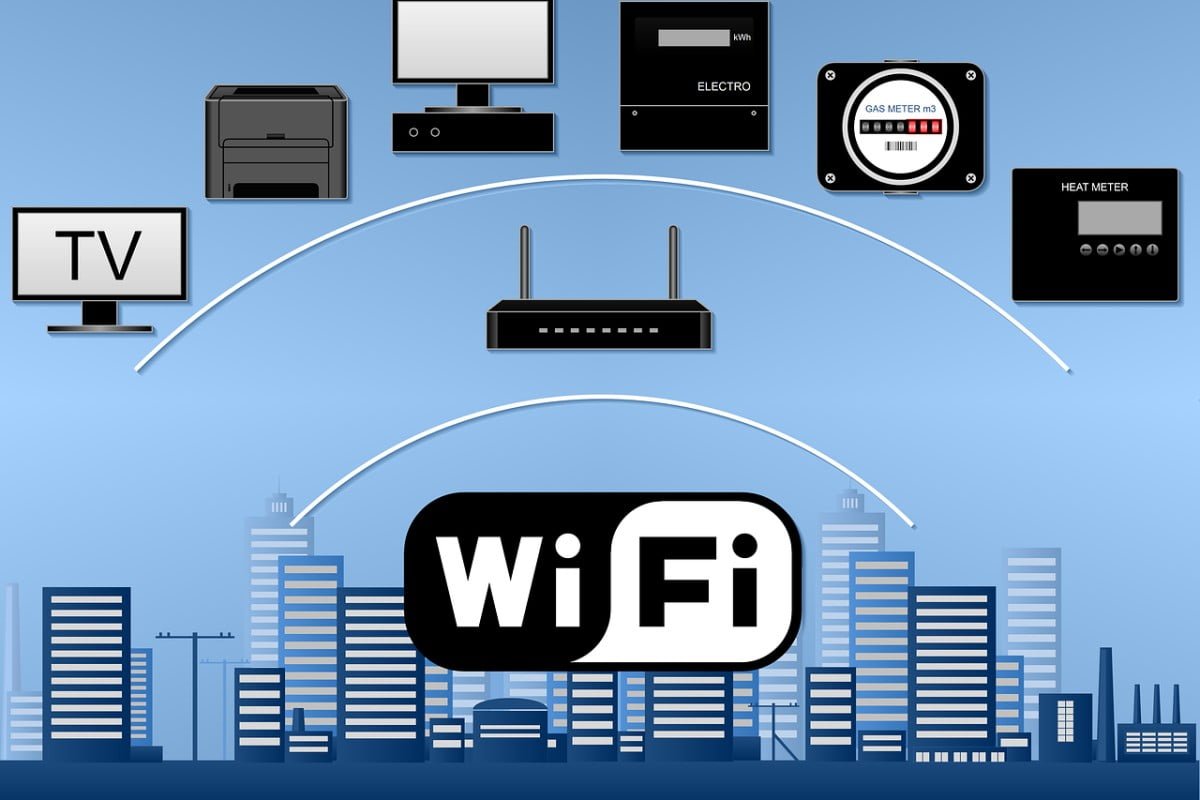Wi-Fi encryption standards evolve, with new ones emerging and the old ones becoming obsolete. As of 2022, WPA3 or Wi-Fi Protected Access Version 3 is the best Wi-Fi security standard. To understand the encryption standards better, let’s comprehend several variations of the WPA3 standards available, including WPA3-Personal, WPA3-Enterprise and WPA3-Enterprise with 192-bit Mode. As the name indicates, WPA3-Personal is designated for individual and home Wi-Fi users. It allows the user to choose their password. WPA3 Enterprise is for enterprise uses, primarily enforces minimum 128-bit authentication encryption, 256-bit key derivation encryption, and the use of an authentication server instead of a password. It also features Protected Management Frames for hack protection, among other authentication requirements to secure the network. WPA3-Enterprise with 192-bit Mode provides the option for minimum 192-bit encryption instead of 128-bit. It also increases the authentication encryption to 256-bit and the key encryption to 384-bit. As a home user, you may need to know only WPA3-Personal, which does not require deeper knowledge of wireless security for configuration. If your device does not support WPA3, you may use WPA2 instead. Although WPA2 is not highly secure, they are still better than the older ones. If you use WPA2 with AES encryption, hackers can intercept or inject data but cannot recover security keys such as passwords. Wi-Fi routers that support WPA3 also support a WPA3/WPA2 transitional mode. This will allow the connections from devices using either WPA2 or WPA3 encryption.
Wi-Fi Encryptions to Avoid
As a user, you may also need to understand the Wi-Fi encryptions that are obsolete and insecure and must be avoided. Some of the prominent ones to avoid include WEP (Wired Equivalent Privacy), WPA Version 1 and WPA2-TKIP. Among the obsolete ones, the WEP encryption standard is from 1997 and was compromised in 2005. It is easy to crack WEP. WPA Version 1 was introduced in 2003, but it was compromised in 2008 and again in 2009. WPA Version 2 using TKIP encryption was broken in 2017, allowing hackers to reveal private security keys. Now, most of you might have seen WPS, a.k.a., Wi-Fi Protected Setup on your Wi-Fi routers. It allows the user to quickly connect a device to a Wi-Fi access point by pressing a button. This will allow anyone with physical access to the router to connect to your network, so you may need to avoid WPS or disable it.
How to Change Wi-Fi Router’s Wi-Fi Security Settings?
To change your router’s Wi-Fi security settings, log in to your router configuration interface. While it differs from one router to another, most of them allow access through a local web address or through a smartphone app. You may need to check your Wi-Fi router’s user manual to figure out how to do this. Once logged in, check for security-related labels such as wireless security, wireless configuration, security level, SSID setup, etc. Click it and see the encryption method your Wi-Fi router currently uses. You can change the encryption to the strongest one that your Wi-Fi router supports, apply changes and restart your router. In case your router does not support at least WPA2, it is time to upgrade to a new router immediately. [With inputs from howtogeek]
